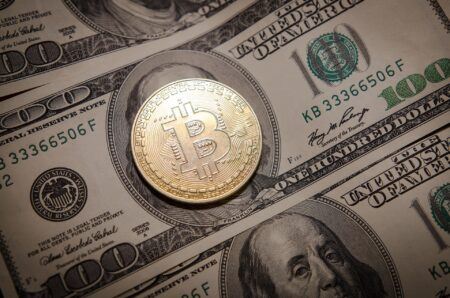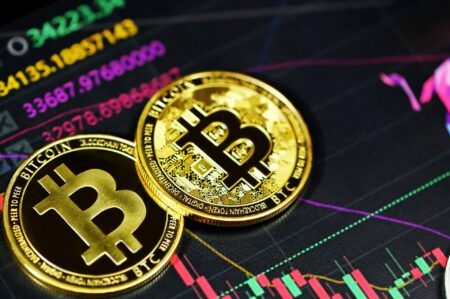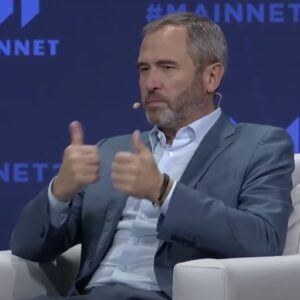On July 30, 2023, Shannon Thorpe, a Business Support Manager at Wells Fargo, shared her unique perspective on the future of XRP, the digital asset used in the Ripple payment protocol. Her insights, which she shared on social media, have sparked a lively debate among the XRP community, often referred to as the “XRP Army”.
Thorpe began her X thread by addressing the ongoing debate within the XRP community. She noted that the community is split into two factions: those who base their predictions on historical trends and chart analysis and those who believe that the utility of XRP and its potential to replace outdated systems will ultimately drive its price. Thorpe argued that neither of these approaches has been entirely accurate in the past, nor will they be in the future.
She emphasized that XRP is not a security, and therefore, it should not be treated as such when making price predictions. This perspective, she suggested, is counterproductive and hinders the original mission of Ripple, the company behind XRP.
Thorpe then moved on to discuss the current state of affairs in the crypto world. She mentioned the recent SEC vs. Ripple ruling, the announcement of FedNow, the passing of a crypto regulation bill by Congress, and the ongoing testing of FedNow with banks. She also referenced a white paper by Valhil Capital on XRP’s price, noting that while she doesn’t fully understand the mathematics involved, she believes that many people dismiss the paper’s predictions due to their own biases.
Thorpe then delved into her issues with chart-based predictions. She argued that setting a price range for XRP, such as $1.00 – $5.00, implies a limited liquidity strength (LS) for the digital asset. This, she believes, fails to account for economic growth, the benefits of 24/7 transactions, and the burn rate associated with each transaction.
She used SWIFT, the current global standard for international money transfers, as a comparison. SWIFT handles about 44.8 million messages a day, which equates to roughly $7 trillion in daily value. If Ripple, with its decade-long innovation and partnerships, could capture just 30% of SWIFT’s value, that would translate to a daily value of $2.1 trillion.
Thorpe then addressed the issue of liquidity. She pointed out that large transactions, such as a $750 million transfer, would require a significant portion of a bank’s XRP holdings, even with a LS of $1.00. This, she argued, is impractical given the number of clients a bank has and the inconvenience of breaking down large transactions.
Finally, Thorpe shared her own price prediction for XRP. She suggested that if we consider all the XRP in circulation, including those held by banks, individuals, and creators, and those on liquidity hubs and exchanges, we might have a total of 50 – 75 billion XRP supporting LS at any given time. This, spread across hundreds of banks, liquidity providers, and governments, would necessitate a higher price for XRP.
She argued that a price of $1.00 per XRP would not be sufficient to support the daily transactions of large banks like J.P. Morgan, which moves more than $8 trillion a day. Therefore, she predicted that the price of XRP could reach anywhere between $100 and $500 in the short term (4 -7 months). This would provide a LS of $5 trillion to $25 trillion, allowing the market to grow and ensuring that no single entity would need to own billions of XRP for daily operations.
She later added:
Versan Aljarrah, the founder of Black Swan Capitalist and a popular YouTuber, recently initiated a discussion on Twitter, implying that XRP’s current affordable price might not remain stable as global interest in this digital asset grows.
Aljarrah’s online commentary conveyed a sense of urgency, indicating that the available supply of XRP might not be adequate to meet the increasing worldwide demand for its use. He believes that this supply-demand discrepancy could inevitably drive up XRP’s price, not merely as a possible outcome, but as a requisite to sustain the liquidity necessary to accommodate this burgeoning demand.







